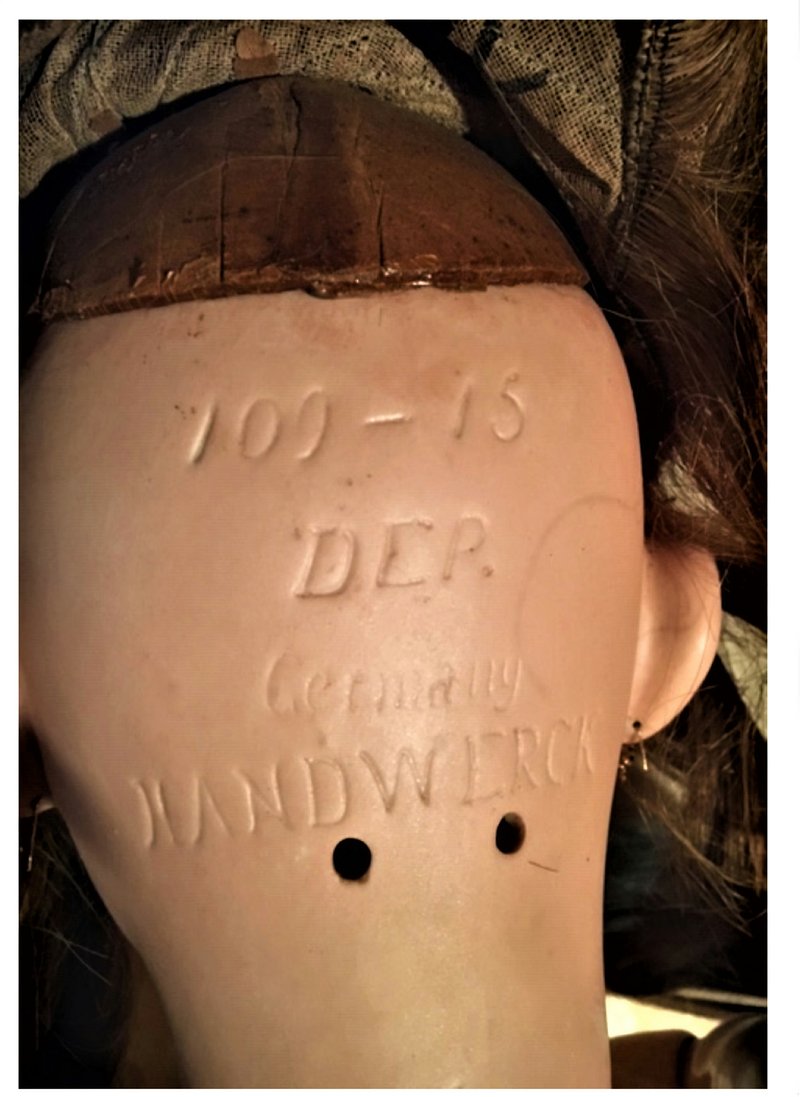DEAR HELAINE AND JOE: My mother collected these dolls. She passed away almost 30 years ago and they are in my attic. Can you advise me regarding their value? The first two are 30 inches tall. I would be interested in any information you could provide.
— K.C.
DEAR K.C.: For years we had a television show titled Treasures in Your Attic, we even wrote a book with the name. But we need to make it clear that the attic is a terrible place to store anything you care about or want to keep in good condition.
Attics often have wide swings in their climate, they have insects, and they can have vermin. The poor dolls look to be in decent condition, but they still need to be stored somewhere other than the attic.
K.C. wants to know about four dolls, but we have too little information on two of them, so we will concentrate on the two we can identify and quantify. The first is marked J.D.K. and has a mold No. 214. This means the doll was made by J.D. Kestner of Waltershausen, Thuringia, Germany.
Johann Daniel Kestner Jr. began making papier mache and wooden dolls in 1816. He was so successful it is said that he eventually employed nearly three quarters of the population of Waltershausen, earning himself the nickname "King Kestner."
Kestner died in 1858 and the company was taken over by his grandson, Adolf. At this time, the company was making wax over papier mache doll heads and did not start making bisque headed dolls, such as the one in today's question, until after 1860, when Kestner acquired a porcelain factory in Ohrdruf, Thuringia.
Kestner's mold No. 214 doll should have a shoulder bisque head on a Kestner ball jointed body, and this appears to be the case. To have its full value, however, it should have appropriate clothing of the period (probably early 20th century). With proper clothing and in very good condition, the 30-inch-tall 214 Kestner doll should have been worth around $1,200 to $1,500 some 15 years ago. But today the retail value is around $300 to $450.
The other doll pictured by K.C. is the Heinrich Handwerck mold No. 109 doll with a head that was designed by Handwerck (also located in Waltershausen) but actually made by Simon & Halbig.
The mold No. 109 should have a ball jointed body, and the socket head should have pierced ears and sleep eyes. Fifteen years ago the dressed No. 109 in good condition should have retailed in the $750 to $1,000 range. But today its value is more like $275-$400.
Undressed, the dolls in today's question should be valued no higher than the low price quoted, probably a bit lower.
Helaine Fendelman and Joe Rosson have written a number of books on antiques. Do you have an item you'd like to know more about? Contact them at Joe Rosson, 2504 Seymour Ave., Knoxville, TN 37917, or email them at treasures@knology.net. If you'd like your question to be considered for their column, please include a focused, high-resolution photo of the subject with your inquiry.
HomeStyle on 12/07/2019
